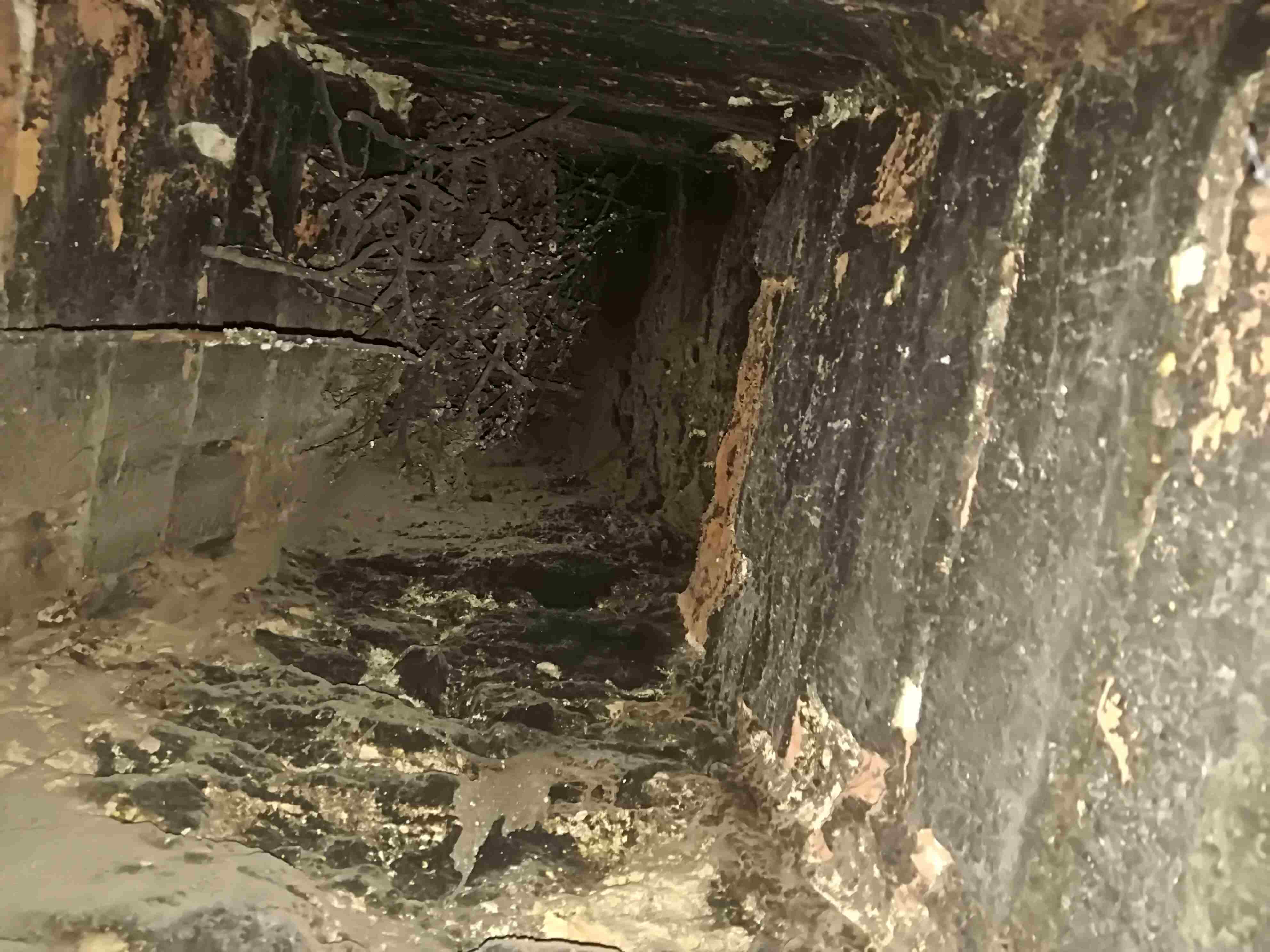

Articles
What Does The Inside Of A Chimney Look Like
Modified: May 6, 2024
Discover what the inside of a chimney looks like with our informative articles. Explore the hidden world within chimneys and gain valuable insights.
(Many of the links in this article redirect to a specific reviewed product. Your purchase of these products through affiliate links helps to generate commission for Storables.com, at no extra cost. Learn more)
Introduction
When we think of chimneys, we often picture the exterior, with its distinctive brick or stone facade rising above the roofline. However, have you ever wondered what the inside of a chimney looks like? Beyond its external beauty, the interior of a chimney plays a vital role in the safe and efficient functioning of a fireplace or heating system.
Understanding the inner workings of a chimney is crucial for homeowners and chimney professionals alike. Whether you’re considering installing a new fireplace or need to assess the condition of an existing one, having knowledge about the inside of a chimney is essential.
In this article, we will explore the components and anatomy of a chimney’s interior, which includes the flue, damper, chimney liner, and the potential hazards and problems that can arise inside a chimney. Additionally, we will discuss the importance of regular chimney maintenance and cleaning to ensure the longevity and safety of your fireplace.
So, if you’re ready to delve into the hidden world of chimneys and discover what lies beyond the brick or stone exterior, let’s begin our journey inside the chimney.
Key Takeaways:
- Regular chimney maintenance is crucial for preventing hazards such as creosote build-up, blockages, and structural damage. Professional inspections and cleanings ensure a safe and efficient chimney system.
- Understanding the components and potential problems of a chimney allows homeowners to prioritize safety and take proactive measures to maintain a secure and functional fireplace or heating system.
Read more: What Does A Gable Look Like?
Importance of Chimney Maintenance
Chimneys are more than just decorative structures. They serve a crucial purpose in safely venting smoke, gases, and other byproducts of combustion out of your home. To ensure that your chimney functions properly and efficiently, regular maintenance is essential.
One of the primary reasons for chimney maintenance is to prevent the build-up of creosote. Creosote is a highly flammable substance that forms as a result of incomplete combustion when burning wood or fossil fuels. Over time, creosote deposits can accumulate inside the chimney, posing a significant fire hazard. Regular cleaning and inspection of the chimney help to remove creosote buildup and reduce the risk of chimney fires.
Maintaining a chimney also ensures proper airflow and ventilation. Over time, debris such as leaves, twigs, bird nests, and other obstructions can accumulate in the chimney. These blockages restrict the airflow and ventilation, leading to inefficient combustion, increased smoke, and potential carbon monoxide exposure. Regular inspection and cleaning of the chimney prevent these blockages and ensure the safe operation of your fireplace or heating system.
In addition to preventing fire hazards and ensuring proper ventilation, chimney maintenance can also detect and address any structural issues or damage. Over time, exposure to the elements can cause deterioration of the chimney bricks, mortar, and chimney cap. Cracks, gaps, or other damage in the chimney structure can allow water infiltration, leading to further degradation and potential leaks. Regular maintenance and inspections help to identify and address these issues before they worsen, saving you from costly repairs and ensuring the longevity of your chimney.
Furthermore, a well-maintained chimney adds value to your home. If you ever decide to sell your property, having a properly functioning and aesthetically pleasing chimney can be a desirable feature for potential buyers. It gives them confidence that the fireplace or heating system is in good condition and will provide them with a cozy and safe experience.
In summary, chimney maintenance is vital for the safety, efficiency, and longevity of your chimney system. Regular cleaning, inspection, and addressing any issues promptly will not only reduce the risk of chimney fires and carbon monoxide exposure but also ensure proper ventilation and improve the overall performance of your fireplace or heating system. So, make chimney maintenance a priority for the safety and enjoyment of your home.
Components of a Chimney
A chimney consists of several essential components that work together to safely vent smoke, gases, and other byproducts of combustion out of your home. Understanding these components is crucial for maintaining and optimizing the performance of your chimney system. Let’s take a closer look at the key components of a chimney:
- Chimney Stack: The chimney stack is the visible part of the chimney that extends above the roofline. It is typically made of brick or stone and provides a protective enclosure for the interior components of the chimney.
- Chimney Cap: Situated at the top of the chimney stack, the chimney cap serves as a protective cover. It prevents rain, debris, and animals from entering the chimney while allowing for proper ventilation. A chimney cap also helps to prevent sparks or embers from escaping and causing a fire hazard.
- Flue: The flue is the inner lining of the chimney that channels smoke and gases out of your home. It is typically made of clay tile, stainless steel, or another heat-resistant material. The size and configuration of the flue depend on the type of fuel being burned and the heating appliance being used.
- Damper: The damper is a movable metal plate located within the throat of the chimney, just above the firebox. It regulates the airflow in the chimney, allowing you to control the intensity of the fire and prevent heat loss when the fireplace is not in use.
- Chimney Crown: The chimney crown is a sloped concrete or mortar cap that forms the top surface of the chimney stack. It functions as a protective barrier, preventing water from seeping into the chimney structure and causing damage.
- Chimney Liner: The chimney liner is an important component that helps contain the byproducts of combustion and protects the chimney walls from heat and corrosion. It ensures the safe venting of gases and prevents the risk of chimney fires. There are different types of chimney liners, including clay tile, stainless steel, and cast-in-place liners.
- Smoke Chamber: Located above the flue, the smoke chamber helps transition smoke from the firebox to the flue. It is designed to promote smooth smoke flow and prevent downdrafts.
- Firebox: The firebox is the area where the fire is contained within the fireplace. Constructed with fire-resistant materials such as brick or refractory panels, it withstands high temperatures and protects the surrounding structures from heat damage.
By familiarizing yourself with these key components, you can better understand the inner workings of your chimney and ensure proper maintenance and care. Regular inspection and maintenance of these components are essential for the safe and efficient operation of your chimney system.
Anatomy of a Chimney Interior
Exploring the interior of a chimney reveals a complex system of components that work together to safely vent smoke and gases out of your home. Understanding the anatomy of a chimney interior is essential for maintaining its functionality and ensuring a safe and efficient fireplace or heating system. Let’s delve into the various elements that make up the interior of a chimney:
- Flue: The flue is the central passage within the chimney that allows the escape of combustion byproducts. It is typically lined with a heat-resistant material such as clay tiles, stainless steel, or cast-in-place liners. The flue diameter is determined by factors such as the type of fuel being burned and the size of the heating appliance.
- Smoke Shelf: Positioned right above the throat of the fireplace or stove, the smoke shelf is a horizontal ledge that catches any falling debris or condensation as smoke travels up the chimney. It helps prevent blockages and protects the damper from damage.
- Throat: The throat of the chimney is the narrowest part of the chimney system, located just above the firebox. It acts as a transition point between the firebox and the flue, allowing smoke to pass through while minimizing heat loss and promoting draft efficiency.
- Smoke Chamber: The smoke chamber is a conical or sloped section above the throat that directs the smoke from the firebox into the flue. The shape of the smoke chamber helps to create a smooth flow, reducing turbulence and preventing downdrafts.
- Damper: The damper is a movable metal plate located within the throat of the chimney. It controls the airflow, allowing you to regulate the intensity of the fire and reduce heat loss when the fireplace is not in use. The damper should be fully open when the fire is lit and closed when no fire is burning to prevent drafts and energy loss.
- Chimney Liner: The chimney liner is a vital component that protects the chimney walls from heat, corrosion, and combustion byproducts. It prevents the risk of chimney fires and helps ensure a proper draft. The liner can be made from clay tiles, stainless steel, or cast-in-place liners, depending on the type of heating appliance and fuel being used.
- Chimney Crown: Situated at the top of the chimney stack, the chimney crown is a sloped concrete or mortar surface that covers and protects the chimney walls. It helps prevent water penetration, which can lead to structural damage and chimney deterioration.
- Chimney Cap: The chimney cap is a protective covering that sits atop the chimney stack. It prevents water entry, keeps out debris, and helps contain sparks and embers. A chimney cap also serves as a barrier against birds and animals that may seek to build their nests inside the chimney.
Understanding the anatomy of a chimney interior allows you to recognize and address any potential issues or maintenance needs. Regular inspection, cleaning, and maintenance of these components are essential for the proper functioning and safety of your chimney and fireplace. By taking care of your chimney’s interior, you can enjoy a warm and inviting atmosphere while ensuring peace of mind.
The Flue
The flue is a critical component of a chimney system, responsible for safely venting smoke, gases, and other byproducts of combustion out of your home. It is a vertical passage that runs through the core of the chimney, allowing for the smooth flow of exhaust gases. Understanding the flue and its importance is crucial for maintaining a safe and efficient fireplace or heating system. Let’s explore the key aspects of the flue:
Function: The primary function of the flue is to carry combustion byproducts away from the fireplace or heating appliance and out of the house. As a result, it helps prevent the accumulation of dangerous gases, such as carbon monoxide, within your living space. By providing a dedicated pathway for the smoke, the flue ensures proper ventilation and protects indoor air quality.
Materials: Flues can be constructed from various materials that are resistant to high heat and corrosive gases. The most common flue materials include clay tiles, stainless steel, and cast-in-place liners. The choice of material depends on factors such as the type of fuel being burned and the size of the flue required for the heating appliance.
Size and Configuration: The size and configuration of the flue are critical for proper operation and efficiency. The diameter of the flue is determined by factors such as the heating appliance’s BTU output, the type of fuel being used, and the height of the flue. An adequately sized flue allows for an optimal draft, ensuring the efficient expulsion of gases and preventing smoke from entering your living space.
Single or Multiple Flues: Depending on the design and purpose of the chimney, it may have a single flue or multiple flues. A single-flue chimney serves a single fireplace or heating appliance, while a multi-flue chimney can accommodate several appliances, each with its own flue. If you have multiple appliances connected to a single chimney, it is crucial to ensure that each flue is appropriately sized and properly insulated to prevent cross-contamination of gases.
Insulation: Insulating the flue is essential for optimizing the chimney’s performance. Adding insulation helps maintain the temperature of the flue gases, ensuring a strong draft and reducing the risk of creosote buildup. Insulation materials such as vermiculite or perlite can be used to line the flue, improving efficiency and preventing condensation that could lead to chimney damage.
Regular Maintenance: Proper maintenance of the flue is vital for the safe and efficient operation of your chimney system. Regular inspections and cleanings help identify and remove any blockages, such as creosote buildup, debris, or animal nests, that may obstruct the flue. In addition, inspections can detect any damage or deterioration in the flue lining and address it promptly to prevent the risk of chimney fires and gas leaks.
The flue is a critical component that ensures the safe and efficient operation of your chimney system. By understanding its function and maintaining it properly, you can enjoy the warmth and comfort of your fireplace or heating appliance while prioritizing the safety and well-being of your home and family.
Read more: What Does An Attic Look Like
The Damper
The damper is a crucial component of a chimney system that plays a significant role in controlling airflow and heat loss. It is a movable metal plate located within the throat of the chimney, just above the firebox. The damper serves several important functions and understanding its purpose is essential for the proper operation of your fireplace or heating appliance. Let’s explore the key aspects of the damper:
Airflow Regulation: One of the primary functions of the damper is to regulate the airflow within the chimney. By adjusting the position of the damper, you can control the intensity of the fire and the amount of air that enters the combustion chamber. Opening the damper allows for increased airflow, resulting in a more robust fire and efficient combustion. Closing the damper restricts the airflow, reducing the fire’s intensity and preventing excessive heat loss.
Heat Retention: The damper also helps to retain heat when the fireplace is not in use. Closing the damper after the fire has extinguished prevents warm air from escaping up the chimney and cold air from entering your living space. This temperature control helps to maintain a comfortable indoor environment and can reduce energy waste by keeping heat inside your home.
Preventing Drafts: When the fireplace is not in use, an open damper can allow cold air to enter through the chimney, resulting in drafts and cold spots in your home. Closing the damper creates a barrier, preventing the entry of cold air and minimizing the draft effect. This improves comfort and energy efficiency, particularly during colder months.
Smoke Control: The damper plays a role in smoke control within the chimney. When properly adjusted, the damper can create a draft that directs the smoke up and out of the chimney. By regulating the amount of air entering the combustion chamber, the damper helps ensure that smoke is efficiently expelled, preventing the backflow of smoke into your home.
Maintenance and Operation: The damper should be regularly inspected and maintained to ensure proper functionality. Over time, dampers can become rusted, warped, or otherwise damaged, affecting their ability to open and close smoothly. Additionally, as the damper is exposed to intense heat, it may experience wear and tear, requiring occasional replacement. Regular maintenance and lubrication of the damper mechanism are essential to ensure its smooth operation.
Different Types of Dampers: There are various types of dampers available for different chimney systems. Traditional throat dampers are the most common and are operated manually. Top-sealing dampers are installed at the top of the flue and are controlled by a lever or cable. They offer better insulation and are effective at preventing drafts. Additionally, some newer chimney systems may feature a bypass damper, which allows for a controlled amount of air to bypass the firebox, increasing energy efficiency.
The damper is a vital component of a chimney system that helps regulate airflow, conserve heat, and control smoke. Proper maintenance and operation of the damper contribute to the overall performance and safety of your fireplace or heating appliance. By understanding the purpose and functionality of the damper, you can optimize its operation and enjoy the benefits of a well-functioning chimney system.
Before attempting to look inside a chimney, it’s important to ensure it’s safe to do so. Use a flashlight and mirror to get a glimpse of the inside. Look for any signs of damage or blockages. Always consider hiring a professional for a thorough inspection.
Chimney Liner
The chimney liner is an essential component of a chimney system that provides protection and improves the safety and efficiency of your fireplace or heating appliance. It is a lining material that covers the interior walls of the chimney, creating a barrier between the combustion byproducts and the chimney structure. Understanding the purpose and benefits of a chimney liner is crucial for maintaining a functional and secure chimney. Let’s explore the key aspects of a chimney liner:
Protection from Heat and Corrosion: The primary purpose of a chimney liner is to protect the chimney walls and structure from the high temperatures and corrosive combustion byproducts produced by burning fuel. Whether you have a masonry chimney or a metal chimney, the liner helps prevent the chimney walls from deteriorating, extending the chimney’s lifespan and reducing the need for costly repairs.
Safe Ventilation of Gases: The chimney liner ensures the safe ventilation of the byproducts of combustion, such as smoke, gases, and unburned particles, out of your home. By providing a smooth and unrestricted passage for these gases, the liner minimizes the risk of chimney fires and reduces the potential for dangerous gases, such as carbon monoxide, to enter your living space. It also helps maintain proper airflow and draft, optimizing the performance of your heating appliance.
Creosote Build-up Prevention: Creosote is a highly flammable substance that forms as a result of incomplete combustion. It can accumulate on the walls of the chimney, increasing the risk of chimney fires. A properly installed chimney liner helps prevent excessive creosote build-up by creating a more efficient and insulated pathway for the exhaust gases, reducing the chances of them cooling and condensing on the chimney walls.
Types of Chimney Liners: There are various types of chimney liners available, each with its own advantages and suitability for different heating appliances and fuels. The three main types of chimney liners are:
- Clay Tile Liners: Clay tile liners are durable, heat-resistant, and commonly used in masonry chimneys. They provide excellent protection against heat and corrosion, and when properly installed, can last for decades.
- Stainless Steel Liners: Stainless steel liners are flexible and versatile, making them suitable for both masonry and metal chimneys. They are highly resistant to heat and corrosion and can be customized for different chimney sizes and configurations.
- Cast-in-Place Liners: Cast-in-place liners involve the application of a cement-like mixture directly onto the chimney walls, creating a seamless and durable liner. They are ideal for chimney restoration projects or when dealing with irregularly shaped flues.
Installation and Maintenance: Proper installation of a chimney liner is crucial for its efficacy and safety. It is essential to hire a professional chimney technician to assess your chimney and recommend the appropriate liner material and size for your specific heating appliance and chimney configuration. Regular inspections and maintenance, including cleaning, are necessary to ensure that the liner remains in good condition and functions optimally.
By installing a chimney liner, you enhance the safety, efficiency, and longevity of your chimney system. It protects against heat and corrosion, promotes proper ventilation, and reduces the risk of chimney fires. Consult with a chimney professional to determine the most suitable liner material for your chimney, and ensure that regular maintenance is performed to maximize the benefits of having a chimney liner.
Creosote Build-up
Creosote is a highly flammable and hazardous substance that can accumulate inside your chimney over time. It forms as a result of incomplete combustion when burning wood or fossil fuels. Understanding the dangers of creosote build-up and taking steps to prevent or remove it is crucial for maintaining a safe and efficient chimney system. Let’s explore the key aspects of creosote build-up:
Formation of Creosote: When you burn wood or other fuels in your fireplace or heating appliance, gases and particles are released into the chimney. As these byproducts rise and cool on the inner walls of the chimney, they can condense and solidify, forming a sticky substance known as creosote. Creosote can vary in appearance, ranging from a light brown, flaky deposit to a dark, tar-like substance.
Fire Hazard: Creosote is highly combustible and can ignite at relatively low temperatures, such as around 200 degrees Fahrenheit (93 degrees Celsius). The accumulation of creosote in the chimney poses a significant fire hazard. When a fire occurs in the fireplace, sparks or hot embers can ignite the creosote deposits, leading to a chimney fire that can quickly spread to other parts of the home. Chimney fires can cause extensive damage and put the occupants’ lives at risk.
Reduced Chimney Efficiency: As creosote builds up in the chimney, it narrows the flue’s diameter, obstructing the flow of exhaust gases. This reduction in chimney efficiency can result in poor draft, increased smoke, and decreased heating appliance performance. It may also contribute to the formation of additional creosote, creating a cycle of build-up and further decreasing chimney efficiency.
Carbon Monoxide Concerns: Another significant danger of creosote build-up is the potential for carbon monoxide poisoning. When the chimney venting system becomes compromised due to excessive creosote deposits, gases, including carbon monoxide, can be forced back into the home instead of exiting through the chimney. Carbon monoxide is a colorless and odorless gas that can be lethal in high concentrations, making creosote build-up a serious health concern.
Prevention and Removal: Regular chimney maintenance and cleaning are essential for preventing and addressing creosote build-up. Here are some practices to consider:
- Proper Fuel Selection: Use seasoned, dry wood for burning, as wet wood produces more smoke and increases creosote formation.
- Regular Inspections: Have your chimney inspected annually by a professional chimney technician who can assess the level of creosote build-up and recommend appropriate cleaning or maintenance.
- Timely Cleaning: Schedule regular chimney cleanings to remove creosote deposits. The frequency of cleaning depends on the type of fuel used, the frequency of use, and the amount of creosote accumulation.
- Creosote Removal Methods: Professional chimney sweeps use specialized tools and techniques to remove creosote safely. Mechanical brushing, chemical treatments, or a combination of both may be employed, depending on the severity of the creosote build-up.
By taking preventive measures and ensuring regular chimney maintenance, you can minimize the risks associated with creosote build-up. Reduce the chances of chimney fires, improve chimney efficiency, and safeguard against potential carbon monoxide exposure. Don’t underestimate the importance of proper creosote management for the safety and longevity of your chimney system.
Problems and Hazards Inside a Chimney
While your chimney plays a vital role in keeping your home warm and cozy, it is important to be aware of the potential problems and hazards that can arise within its structure. Regular maintenance and inspections are crucial for identifying and addressing these issues promptly. Let’s explore some common problems and hazards that can occur inside a chimney:
Creosote Build-up: As mentioned earlier, the accumulation of creosote inside the chimney is a significant problem and fire hazard. Creosote is highly flammable and can ignite, leading to a dangerous chimney fire. Regular cleaning and maintenance are essential for minimizing creosote build-up and reducing the risk of fire.
Blockages: Chimneys can become blocked by various obstructions, including debris such as leaves, twigs, bird nests, or even small animals. These blockages can hinder proper airflow, leading to poor draft, increased smoke, and potentially dangerous carbon monoxide buildup in the home. Regular inspections and cleaning can help identify and remove any blockages that may be present.
Cracks and Deterioration: Over time, the chimney structure can deteriorate due to exposure to the elements. Bricks and mortar may crack, allowing water to seep in and cause further damage. This deterioration can compromise the structural integrity of the chimney and lead to leaks, collapsing chimneys, or even chimney collapse. Regular inspections can identify any signs of deterioration and prompt necessary repairs.
Damaged or Missing Chimney Cap: A damaged or missing chimney cap can allow water, debris, and animals to enter the chimney. Water infiltration can cause the chimney materials to deteriorate more rapidly, while debris and animal nests can create blockages and increase the risk of fire. Ensuring your chimney has a properly functioning and intact chimney cap is important for preventing these issues.
Chimney Liner Damage: The chimney liner is a crucial component for protecting the chimney structure from heat, corrosion, and dangerous gases. If the liner becomes damaged or deteriorated, it can compromise the safe operation of the chimney. Regular inspections should include an assessment of the chimney liner’s condition to identify any needed repairs or replacements.
Condensation and Water Damage: Improper chimney ventilation or the presence of blockages can cause condensation to form within the chimney. Over time, this moisture can lead to corrosion, deterioration, and mold growth. Adequate ventilation and regular chimney maintenance can help prevent condensation and minimize water damage.
Improper Installation or Modifications: If a chimney is not properly installed or has undergone unsafe modifications, it can pose serious hazards. Poorly installed or altered chimneys may result in improper ventilation, structural instability, or increased fire risk. It is essential to ensure that any installation or modifications are carried out by qualified professionals adhering to industry safety standards.
Regular inspections and maintenance by a professional chimney technician can help identify these problems and hazards before they escalate. Addressing these issues promptly will ensure the continued safe and efficient operation of your chimney system and provide peace of mind for you and your family.
Read more: What Does Crabgrass Look Like
Signs of Chimney Damage
Identifying signs of chimney damage is essential for addressing issues promptly and ensuring the safety and functionality of your chimney system. Regular chimney inspections and awareness of potential warning signs can help you catch problems early on. Here are some common signs that indicate chimney damage:
Cracked or Crumbling Masonry: Cracks in the chimney bricks or mortar joints are a clear indication of chimney damage. Over time, exposure to weather elements can cause the masonry to deteriorate. Crumbling bricks or mortar can lead to structural weakness, water infiltration, and potential chimney collapse.
Water Stains or Leaks: Water stains on the interior or exterior of the chimney are signs of water penetration and potential chimney damage. Whether it’s discoloration on the chimney walls, water puddles in the firebox, or water stains on adjacent walls or ceilings, these signs should not be ignored. Water damage can weaken the chimney structure and lead to further deterioration.
Efflorescence: Efflorescence appears as white, chalky residue on the exterior surfaces of the chimney masonry. It is caused by the migration of water through the bricks, carrying dissolved minerals that are left behind as the water evaporates. Efflorescence is an indication of water penetration and should be addressed to prevent further damage to the chimney.
Deteriorated Chimney Crown: The chimney crown is the cement or mortar cap at the top of the chimney stack. Signs of deterioration include cracks, chipping, or flaking. A compromised chimney crown allows water to seep into the chimney structure, leading to accelerated deterioration of the masonry below.
Spalling: Spalling refers to the flaking or chipping of the chimney masonry. This occurs when moisture enters the bricks, causing them to expand and contract, resulting in the breakdown of the surface layers. Spalling can compromise the integrity of the chimney and should be addressed to prevent further damage.
Strange Odors: Persistent, foul odors coming from the chimney, even when not in use, can indicate chimney damage. The odors may be caused by water infiltration, creosote build-up, or even trapped animals within the chimney. Proper inspection and cleaning can help identify and eliminate the source of the odors.
Excessive Creosote Build-up: A thick accumulation of creosote inside the chimney suggests that the chimney is not functioning properly. Excessive creosote can increase the risk of chimney fires, compromise ventilation, and indicate potential problems with combustion and airflow.
Signs of Animal Entry: Evidence of animals, such as droppings, nesting materials, or scratching sounds, within the chimney indicates that animals have found their way into the chimney. Animal activity can lead to blockages, damage to the liner, and pose additional fire hazards.
If you notice any of these signs of chimney damage, it is crucial to consult with a professional chimney technician as soon as possible. They can assess the extent of the damage and recommend appropriate repairs or maintenance to ensure the continued safe and efficient operation of your chimney system.
Cleaning and Maintenance of a Chimney
Cleaning and maintaining your chimney is essential for its safe and efficient operation. Regular chimney maintenance helps prevent potential hazards, such as chimney fires, carbon monoxide leaks, and structural damage. Here are some key aspects to consider when it comes to cleaning and maintaining your chimney:
Annual Chimney Inspection: It is recommended to have your chimney inspected at least once a year by a professional chimney technician. An annual inspection allows for the identification of any chimney issues, including cracks, blockages, creosote build-up, or structural damage. During the inspection, the technician will assess the condition of the chimney, recommend necessary repairs or cleaning, and ensure its safe operation.
Regular Chimney Sweeping: Regular chimney sweeping is essential for removing creosote, soot, and debris that can accumulate inside the chimney. The frequency of sweeping depends on several factors, including the type of fuel used, the frequency of use, and the amount of creosote build-up. For wood-burning fireplaces, it is recommended to have the chimney swept annually or more frequently if there is a substantial build-up of creosote. Gas fireplaces should be inspected and cleaned every 1-2 years to ensure proper ventilation.
Creosote Removal: Creosote is a highly flammable substance that can accumulate inside the chimney. During the chimney cleaning process, the technician will remove creosote deposits using specialized tools and techniques. Removing creosote helps reduce the risk of chimney fires and improves the overall safety of your chimney system.
Inspection and Maintenance of Chimney Components: In addition to chimney sweeping, it is important to inspect and maintain other chimney components. This includes checking and cleaning the chimney cap, which prevents debris and animals from entering the chimney. The damper should be inspected for proper operation and any signs of damage. Chimney liners should be inspected for cracks, deterioration, or damage. Checking and maintaining these components ensure the proper functioning and safety of your chimney.
Removing Blockages: Blockages within the chimney, such as debris, nests, or animal intrusion, can hinder proper airflow and ventilation. These blockages can increase the risk of chimney fires, carbon monoxide poisoning, and poor performance of your heating appliance. During routine maintenance, any blockages found should be removed to restore proper chimney function.
Waterproofing: Water infiltration can cause significant damage to your chimney. Applying a waterproofing sealant can help protect the masonry from the effects of water and inhibit deterioration. However, it is essential to use a waterproofing product specifically designed for chimneys and follow the manufacturer’s instructions.
Regular Inspection of Smoke Detectors and Carbon Monoxide Detectors: As an additional safety measure, regularly inspect and test your smoke detectors and carbon monoxide detectors. These devices play a vital role in alerting you to potential hazards within your home and should be in proper working condition at all times.
Professional Chimney Services: To ensure the proper cleaning and maintenance of your chimney, it is recommended to hire a professional chimney technician. They possess the expertise, experience, and necessary tools to thoroughly inspect, clean, and maintain your chimney in accordance with safety standards.
By prioritizing the cleanliness and maintenance of your chimney, you can ensure its safe and efficient operation. Regular inspections, cleanings, and maintenance not only mitigate potential hazards but also contribute to the longevity of your chimney system. Invest in the care of your chimney for a warm, safe, and comforting fireplace experience.
Conclusion
Understanding the inner workings of a chimney is crucial for homeowners and chimney professionals alike. From the components and anatomy of a chimney’s interior to the importance of regular maintenance and cleaning, each aspect plays a vital role in ensuring a safe and efficient chimney system.
By exploring the components of a chimney, such as the flue, damper, chimney liner, and more, we gain a deeper understanding of how these elements work together to vent smoke, gases, and byproducts of combustion out of our homes. The flue provides a dedicated pathway for exhaust gases, while the damper regulates air flow and heat retention. The chimney liner protects the chimney structure from heat, corrosion, and the dangers of creosote build-up.
We have also come to recognize the potential problems and hazards that can arise within a chimney. Creosote build-up, blockages, cracks, and damaged components can all compromise the safety and performance of the chimney system. Regular inspections and proper maintenance are critical to identifying and addressing these issues before they escalate, ensuring a secure and functioning chimney system.
From preventing chimney fires and carbon monoxide leaks to ensuring proper ventilation and improving energy efficiency, the significance of cleaning and maintaining a chimney cannot be overstated. Regular chimney sweeping, removal of creosote, and inspection of chimney components are crucial steps in maintaining a safe and efficient chimney. Additionally, protecting against water damage and addressing blockages are key considerations in chimney maintenance.
By investing in the care and maintenance of your chimney, you are prioritizing the safety and well-being of your home and family. Consulting with professional chimney technicians, adhering to industry safety standards, and staying vigilant for signs of chimney damage are all important aspects of responsible chimney ownership.
In conclusion, by gaining knowledge about the inner workings of a chimney, recognizing potential hazards and problems, and performing regular cleaning and maintenance, you can ensure a safer and more efficient operation of your chimney system. Enjoy the warmth, comfort, and peace of mind that a well-maintained chimney brings to your home.
Curious about more than just what's inside a chimney? Many homeowners don't realize just how critical a simple feature like a chimney cap can be. Not only does it protect your chimney from rain and critters, but it also plays a pivotal role in maintaining the overall health of your home's ventilation system. If you're keen to keep your chimney in top shape, learning about this essential component should be next on your list. Dive into our detailed look at why a chimney cap is indispensable for any household.
Frequently Asked Questions about What Does The Inside Of A Chimney Look Like
Was this page helpful?
At Storables.com, we guarantee accurate and reliable information. Our content, validated by Expert Board Contributors, is crafted following stringent Editorial Policies. We're committed to providing you with well-researched, expert-backed insights for all your informational needs.
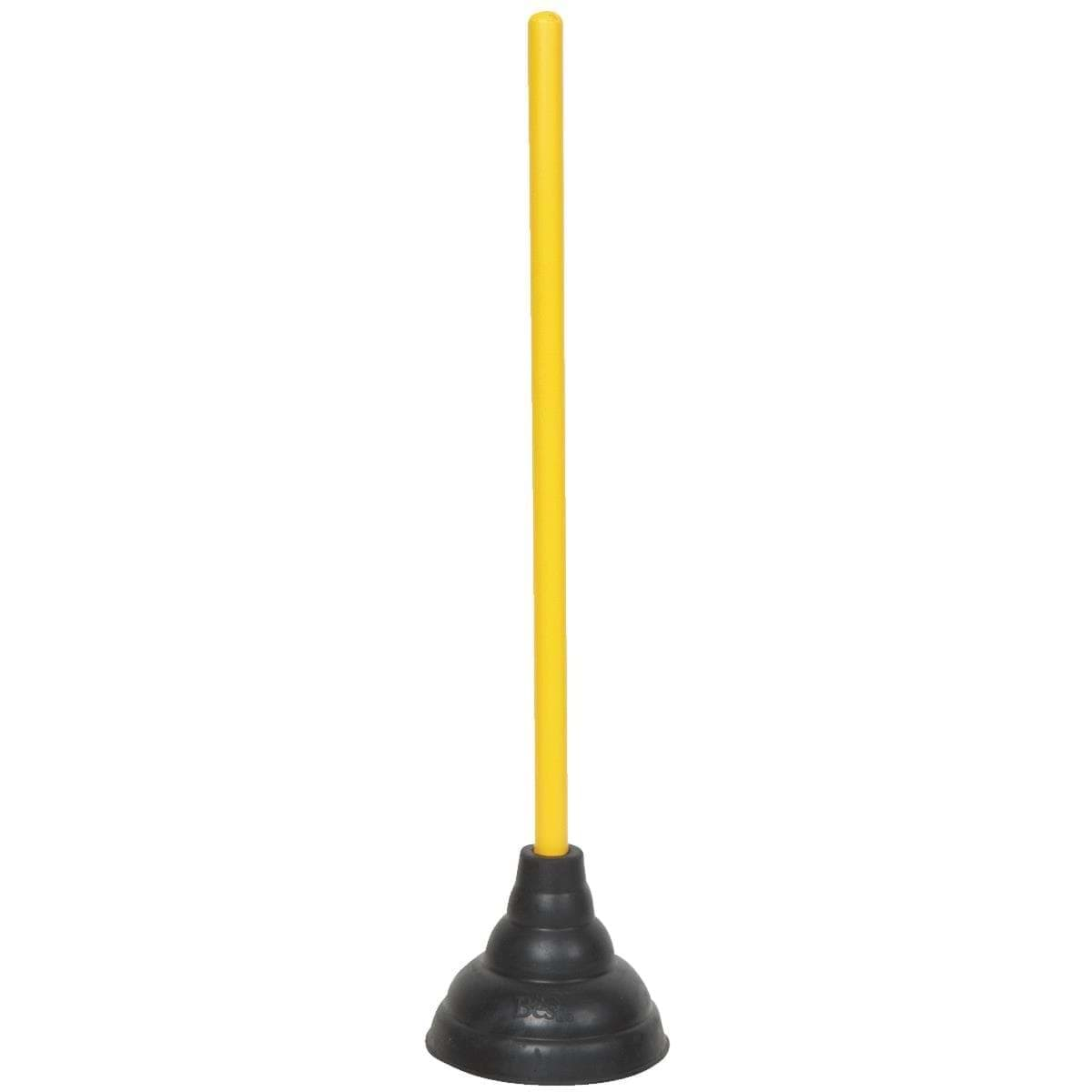
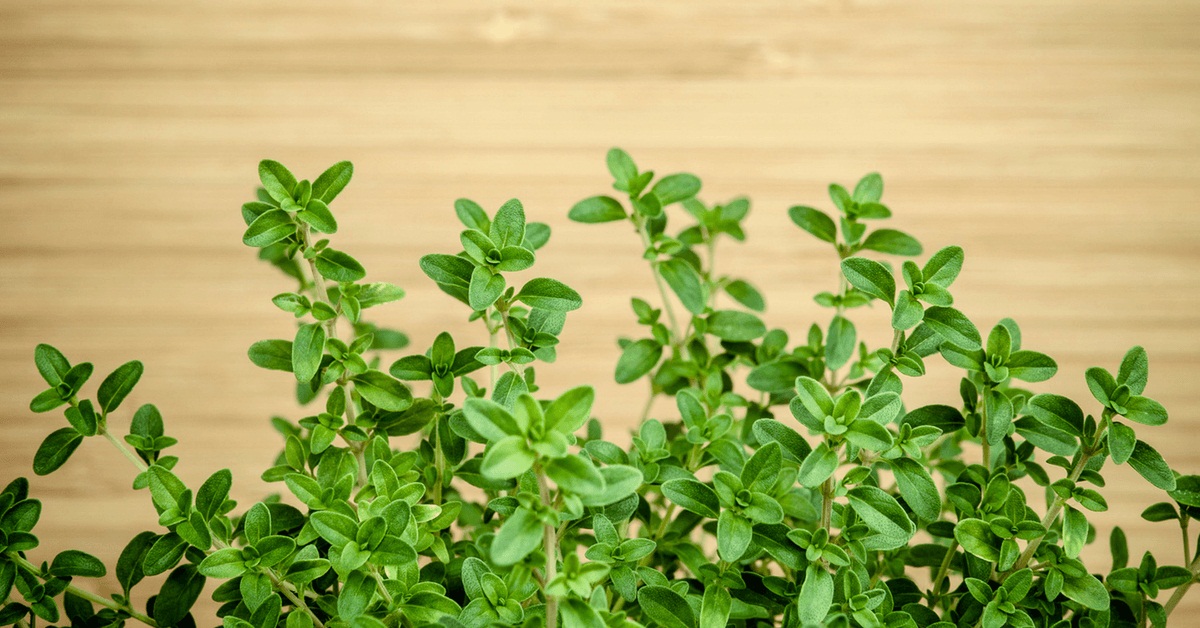
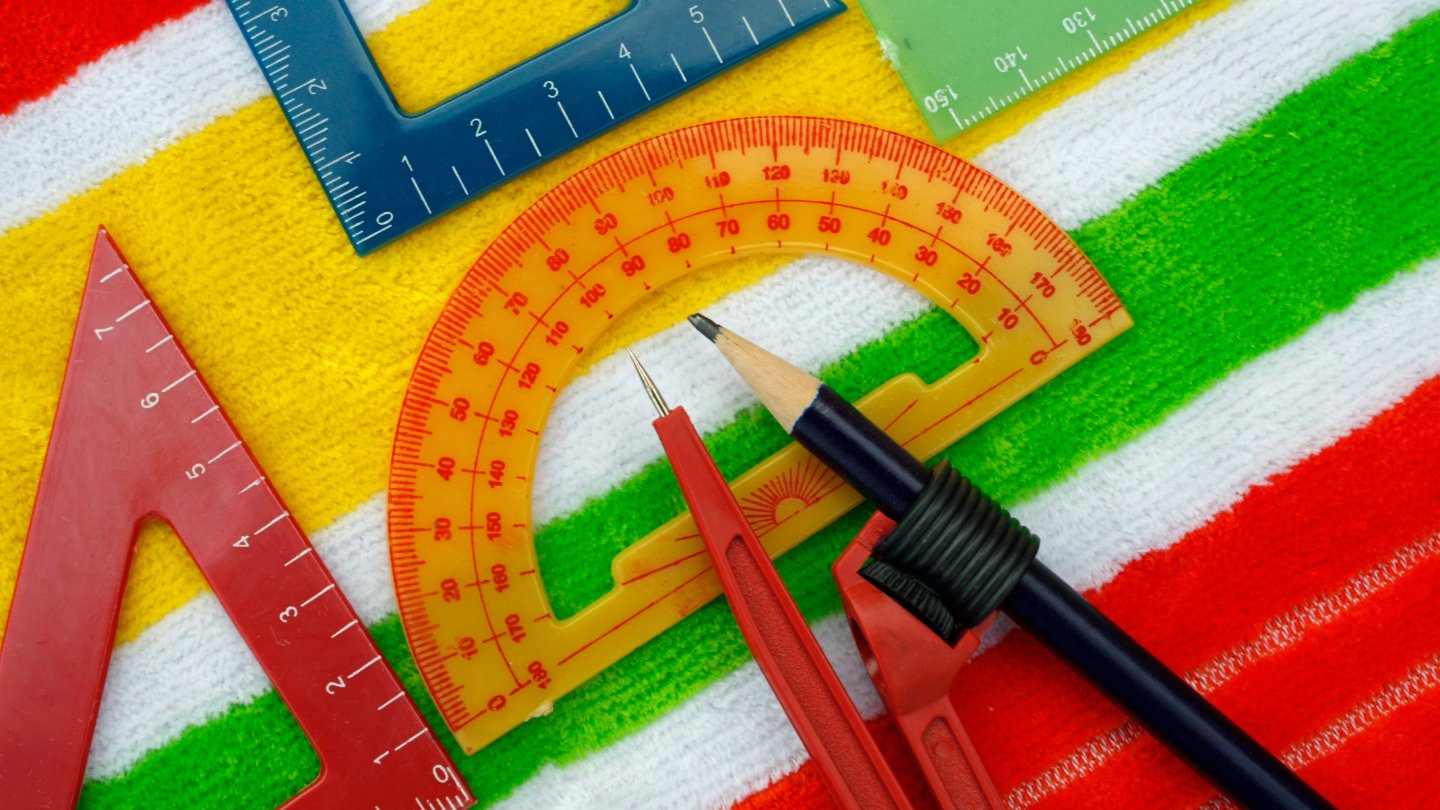
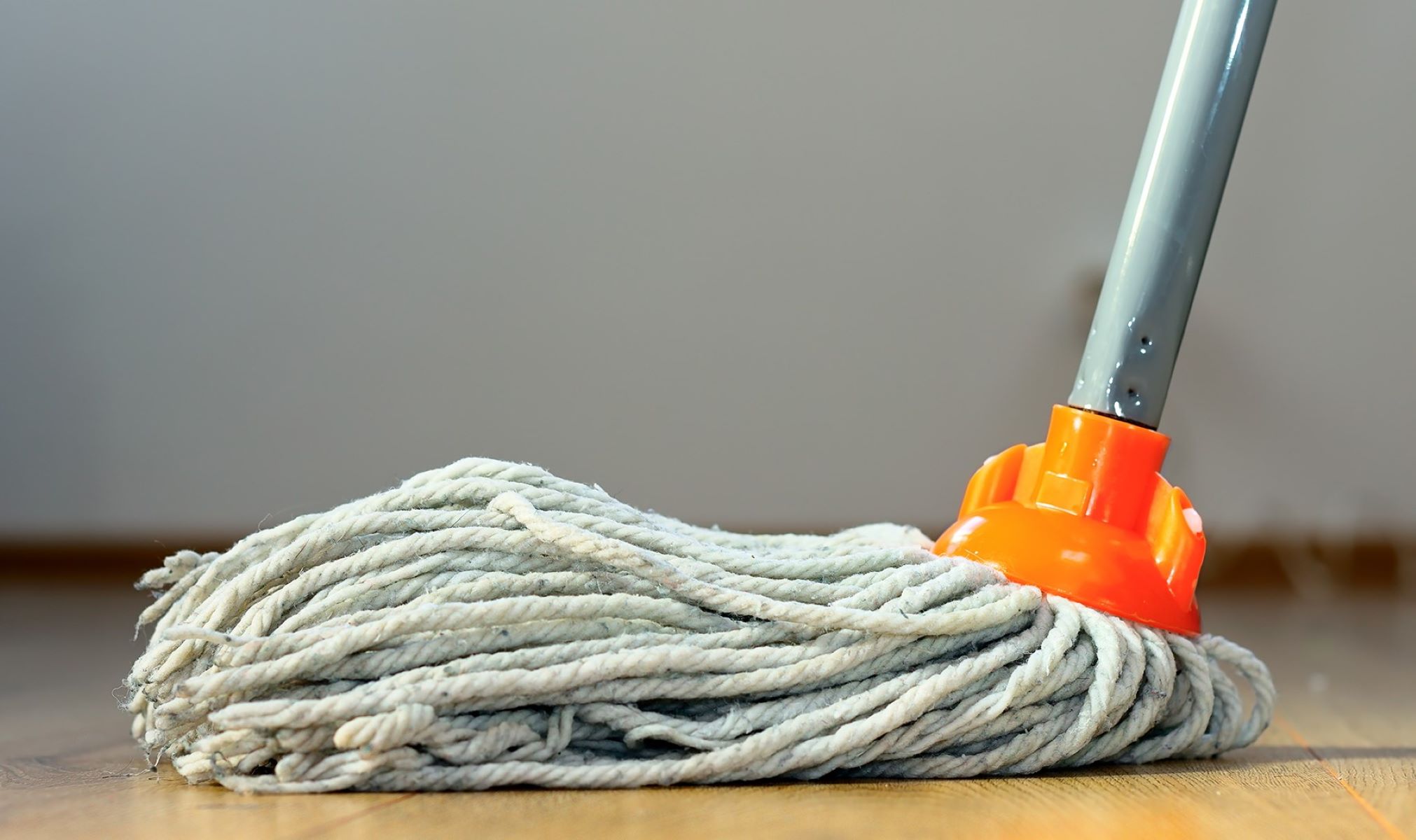
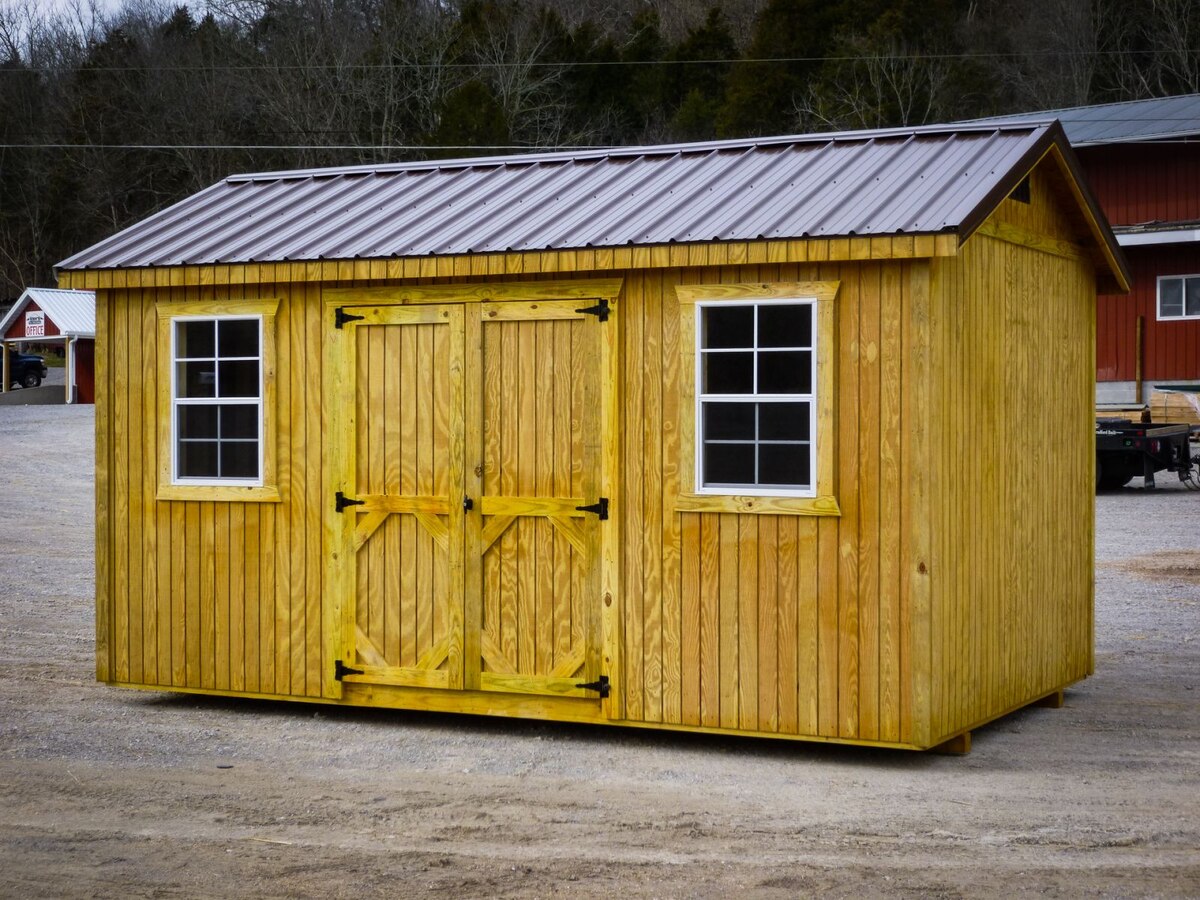
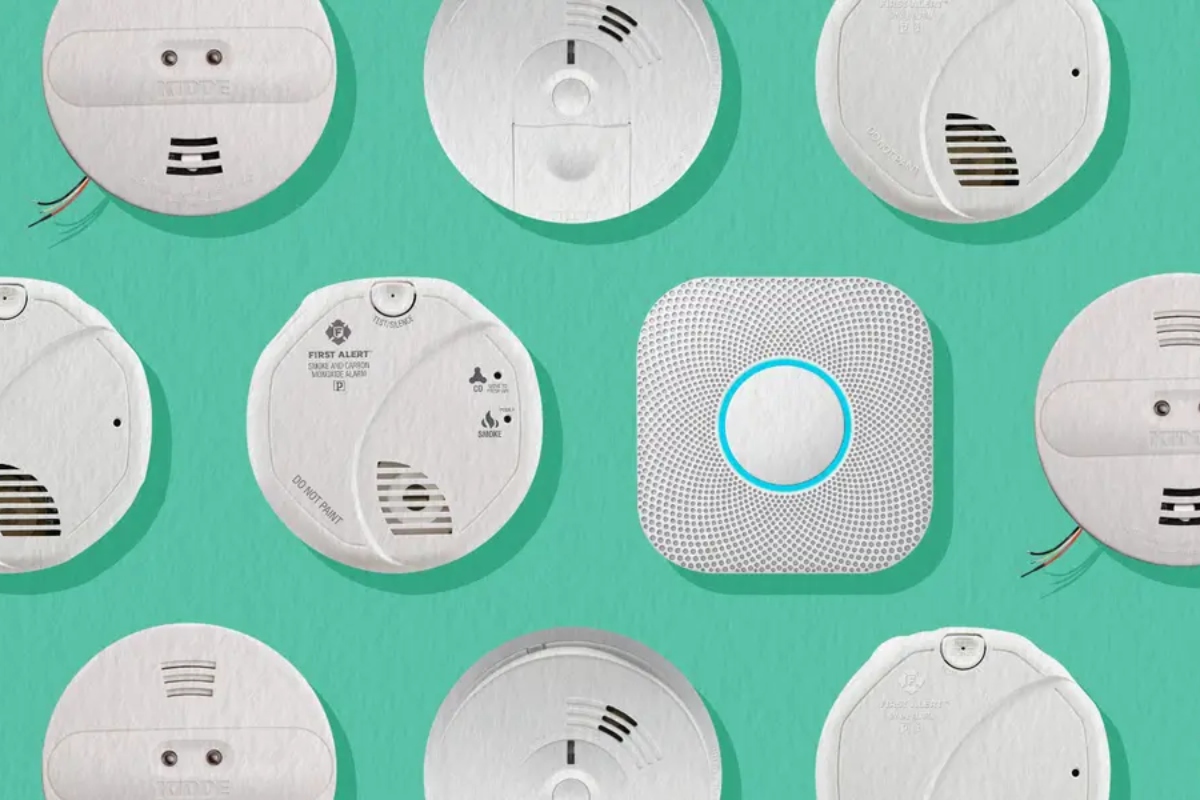
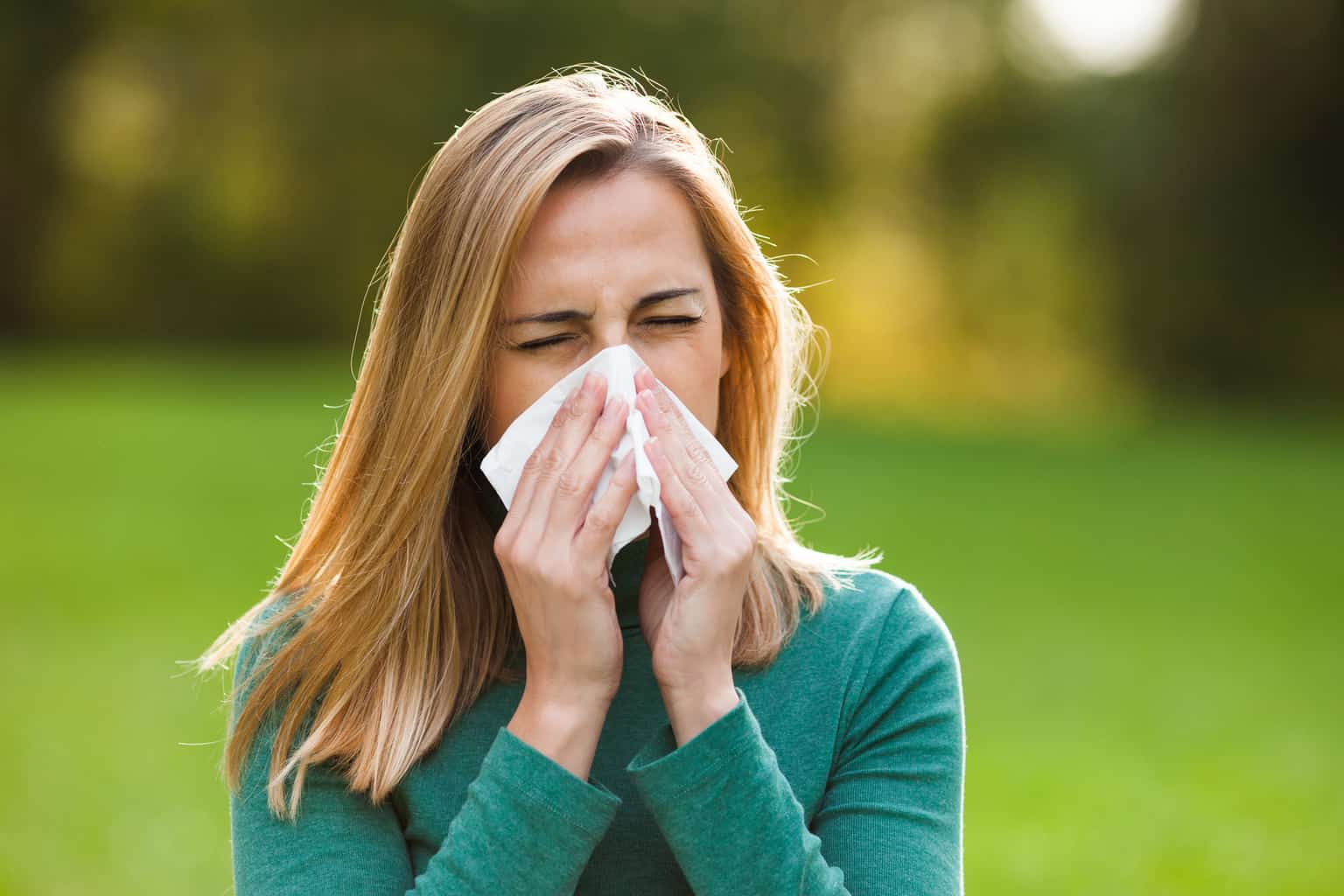

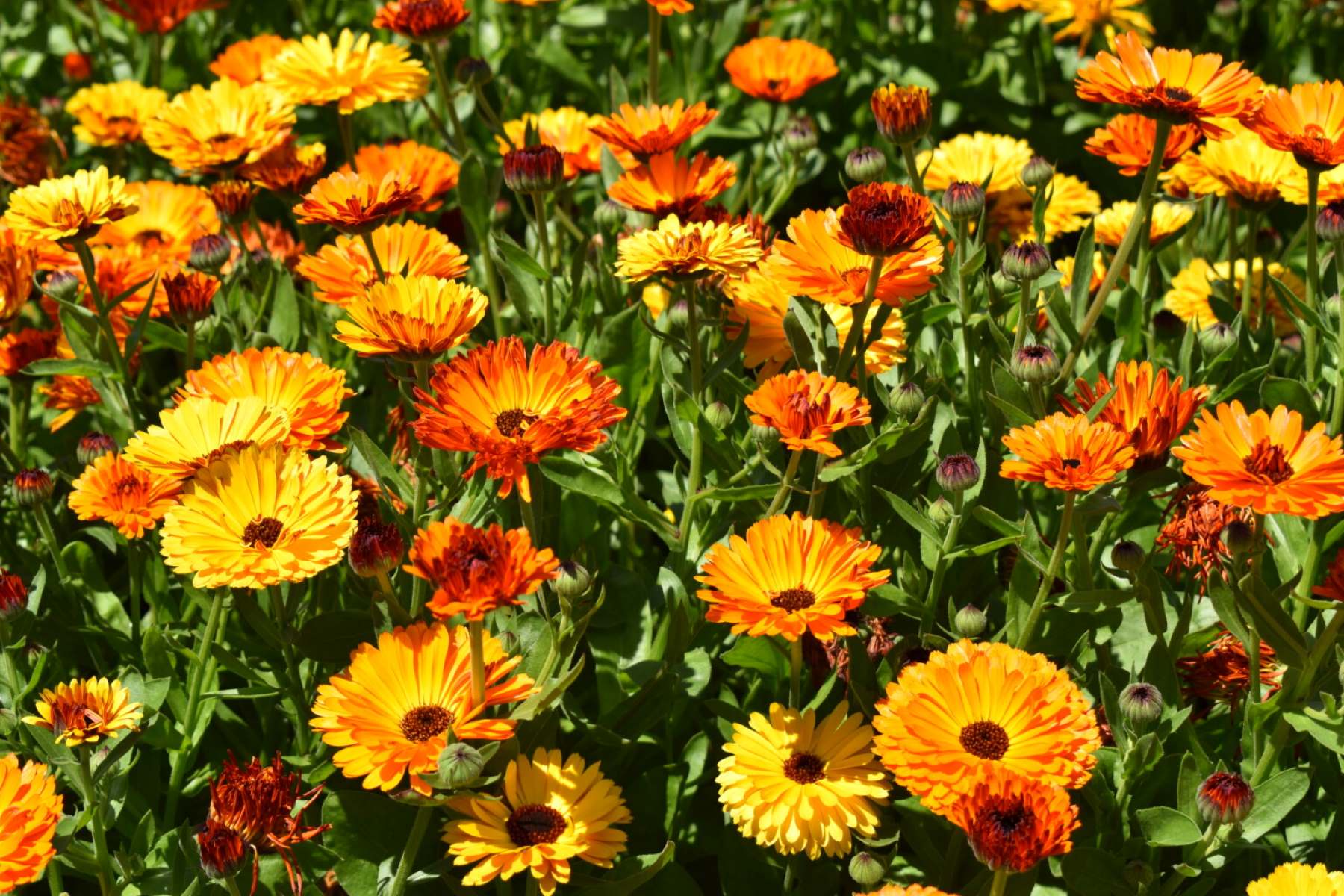
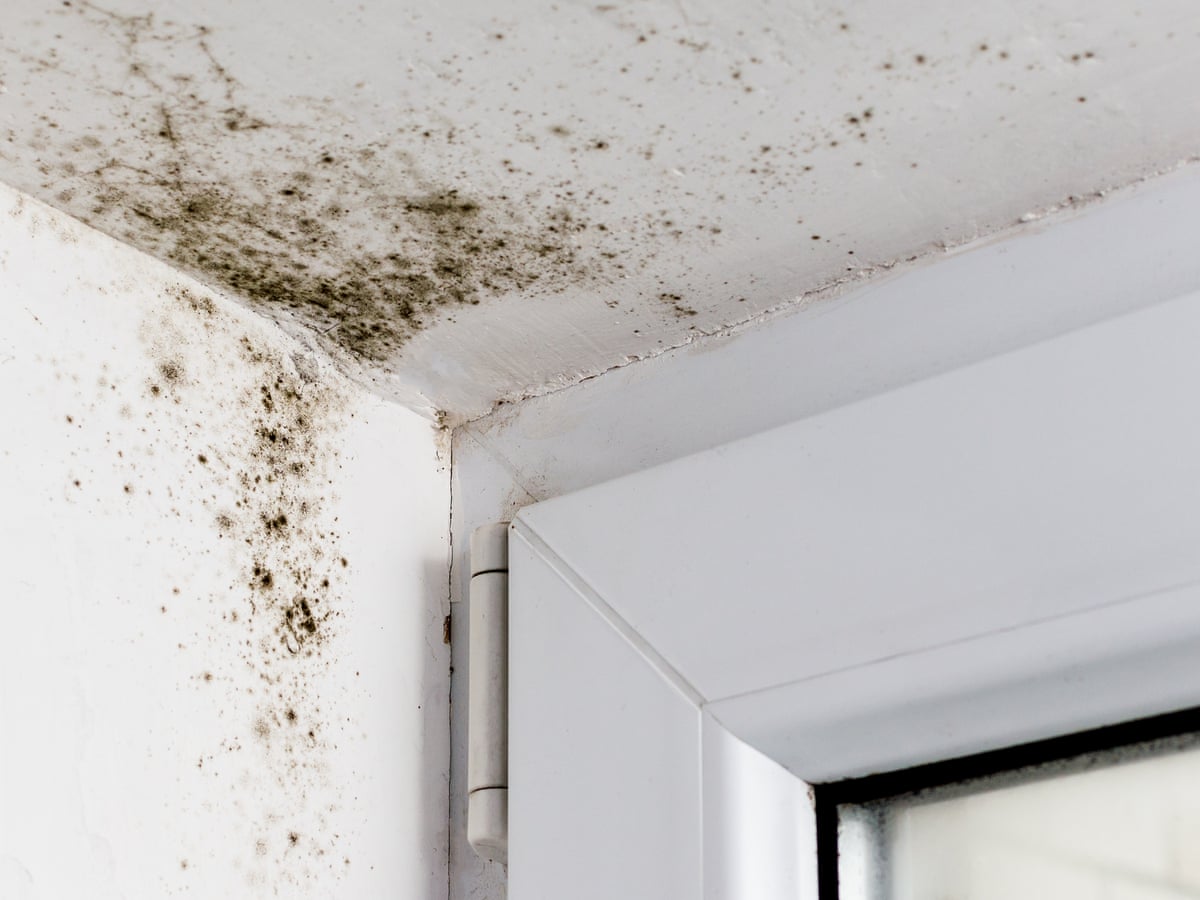
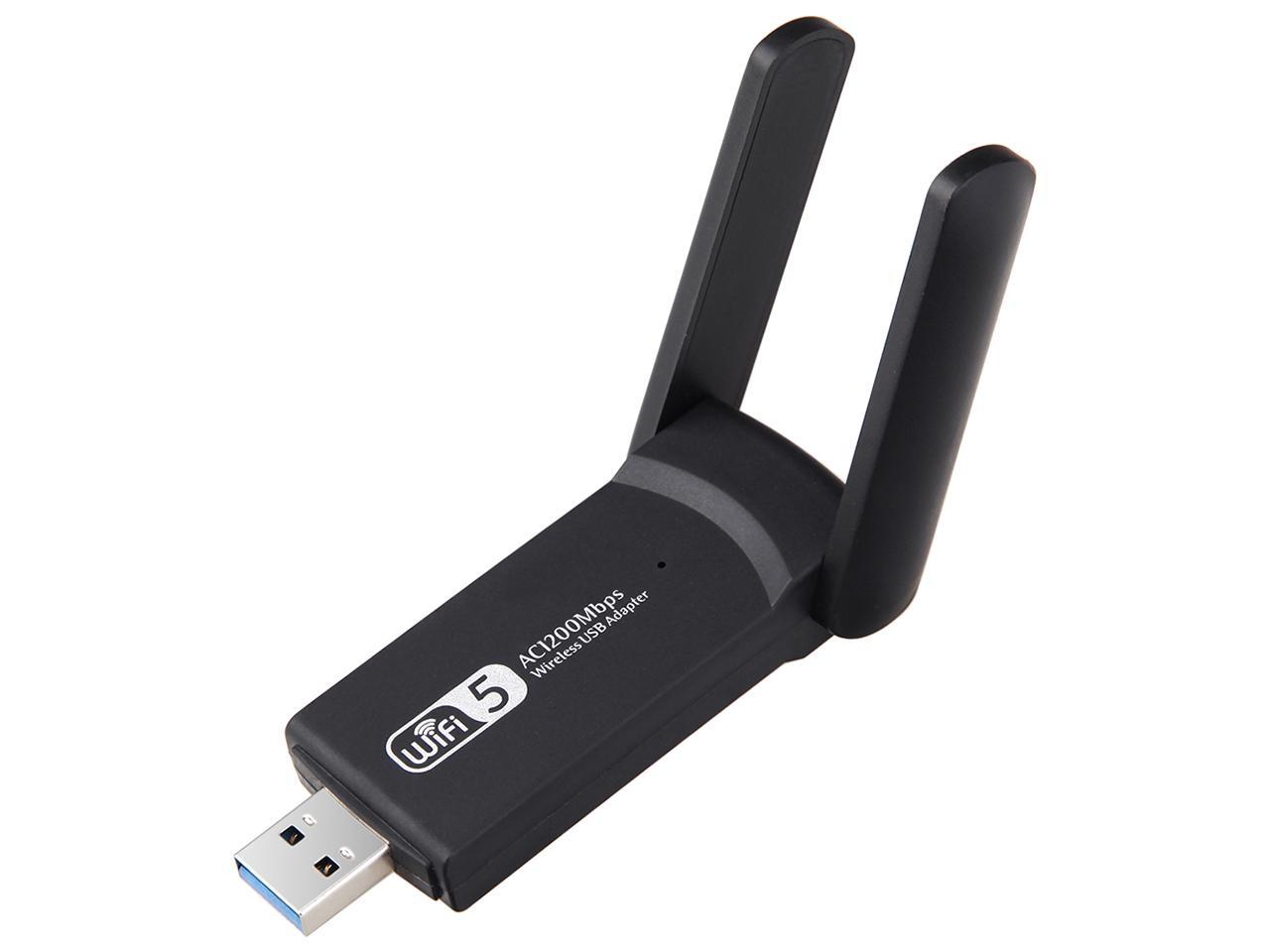
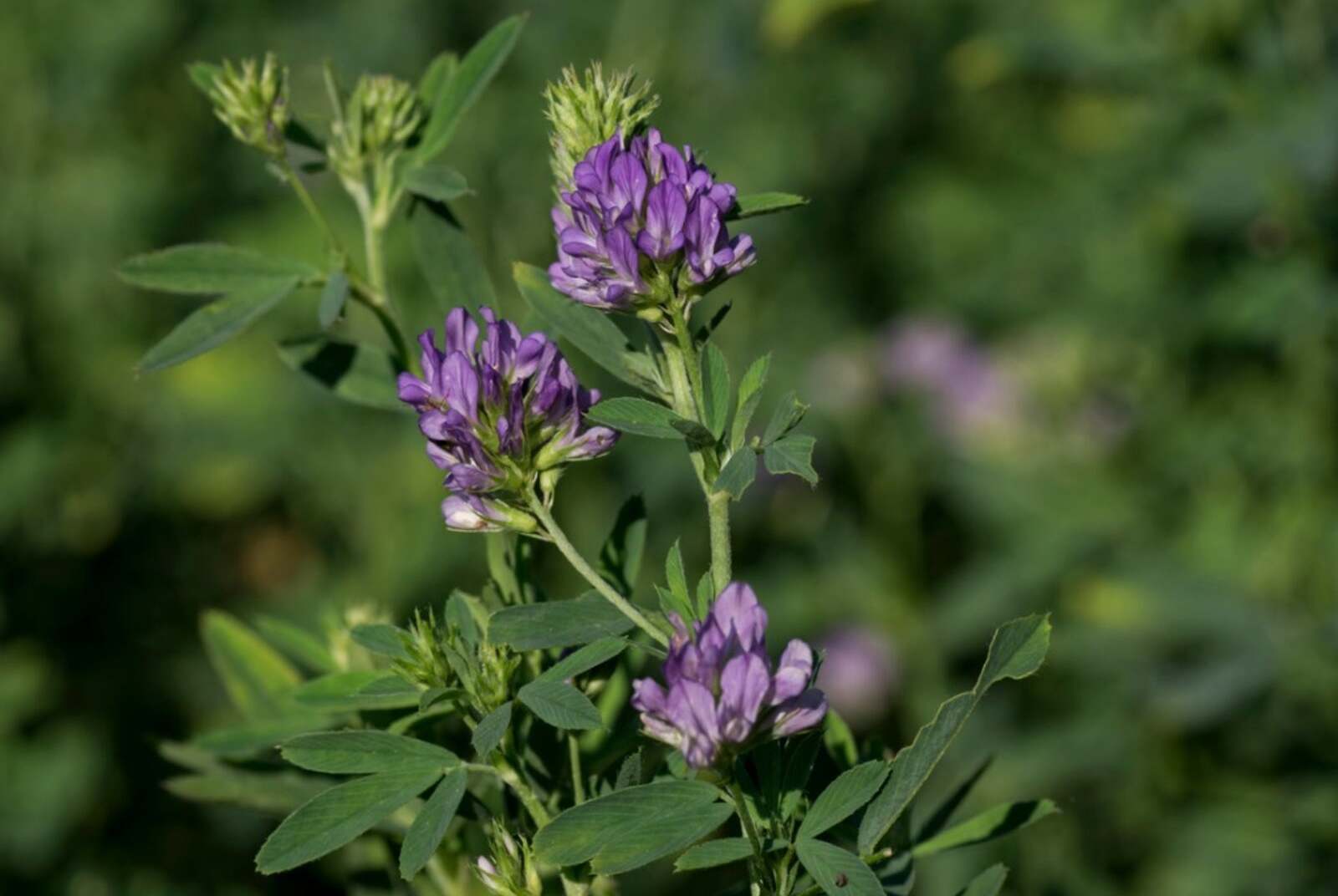
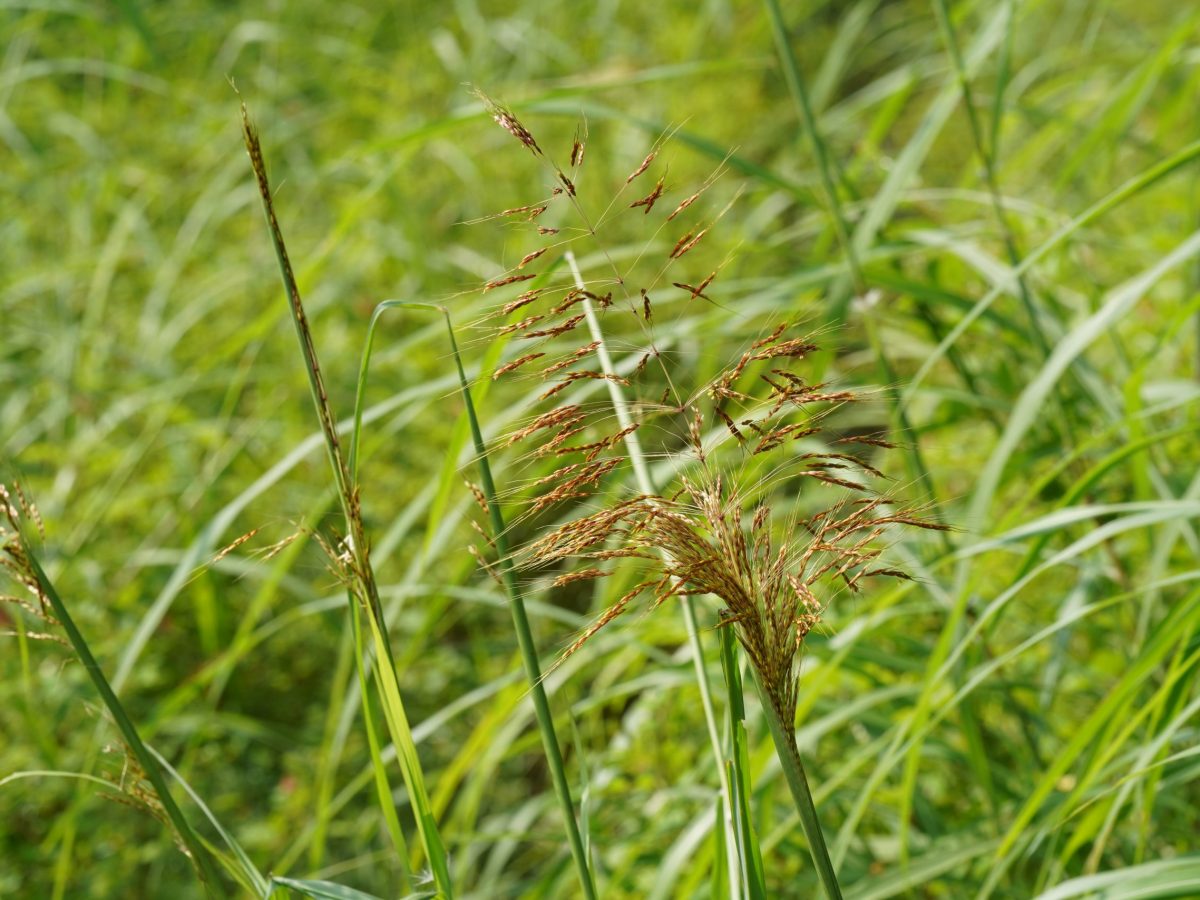

0 thoughts on “What Does The Inside Of A Chimney Look Like”